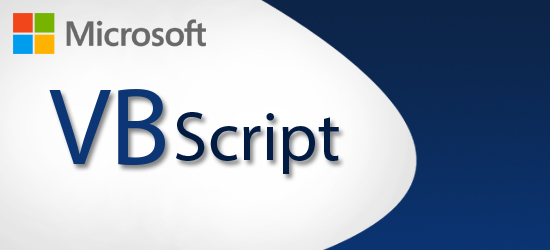
right-click in the navigation area of the index.html page, click on New Style, in the right, bottom pane, name the style #top_nav a (select #top_nav from the selector and add a), select Font, text-decoration: none and text color to black be sure to select to save in the external style sheet, as shown in this image. Lets now remove the blue underline and do something better. In our example we added three links to the navigation, as shown here. We can also use font properties to remove the blue underline from a link. We can always modify the styles by selecting one of them, e.g.body, right-clicking and selecting modify styles. Please note that we set the style to be saved in external style file, morestyles.css. We can set the font for the whole document by clicking on New styles in the right, bottom pane, selecting the body tag from the selector drop down menu and choosing the font attributes we want. use em for content that may be resized for improve viewing. use px for items that need as fixed size (images, certaintables,fancy headings, menus, etc). Styles and fontsFonts can be defined using px (pixels), pt (point), in (inches), cm (centimeters), mm(millimeters), em (emspace, the hight of the letter m), ex (xheight), and %. Please note that the external css file was saved as morestyles.css and the html page was saved as index.html. The result (with text added so that we can better see each area) is shown in this image. We will use an example that starts with a new site, and then File, New Page, CSS layout, header,navigation, two columns, footer. 
Once this is done we will get back to its use to page layout. We had an introduction to styles in expression web to create page layouts, but we need to step back and look at its use to format page elements, how to create classes, division ids, manipulate fonts, and understand pseudoclasses.

This continues the study of styles, introduces images, imagemaps (hotspots), and revisites frames in the context of Expression Web 3.






 0 kommentar(er)
0 kommentar(er)
